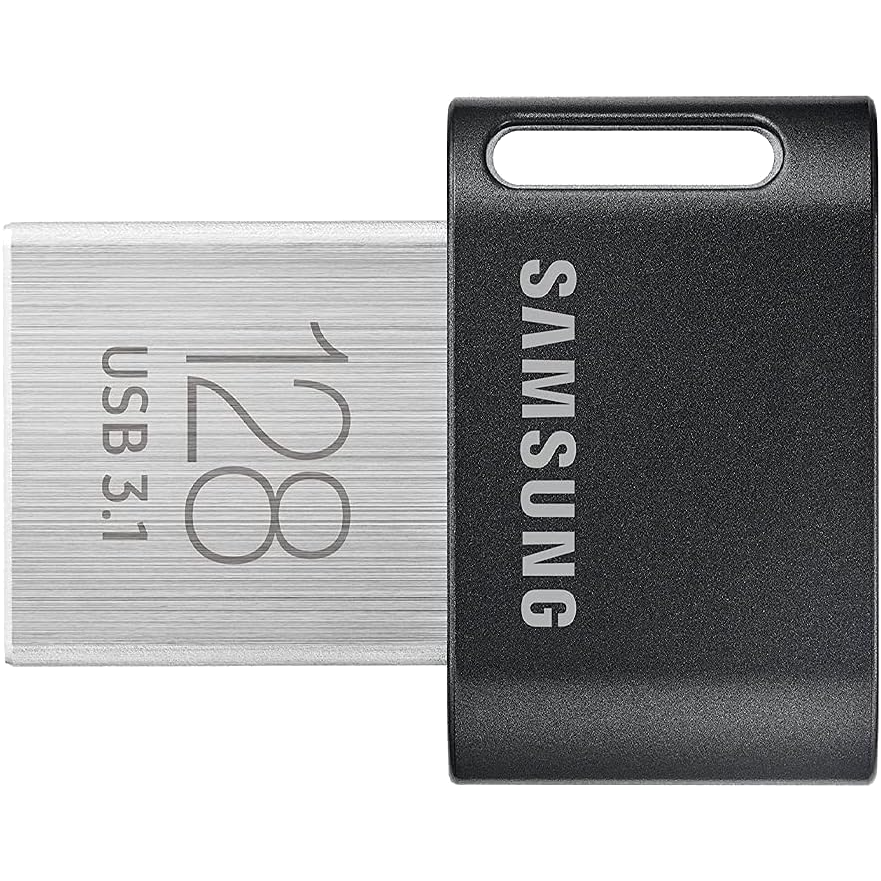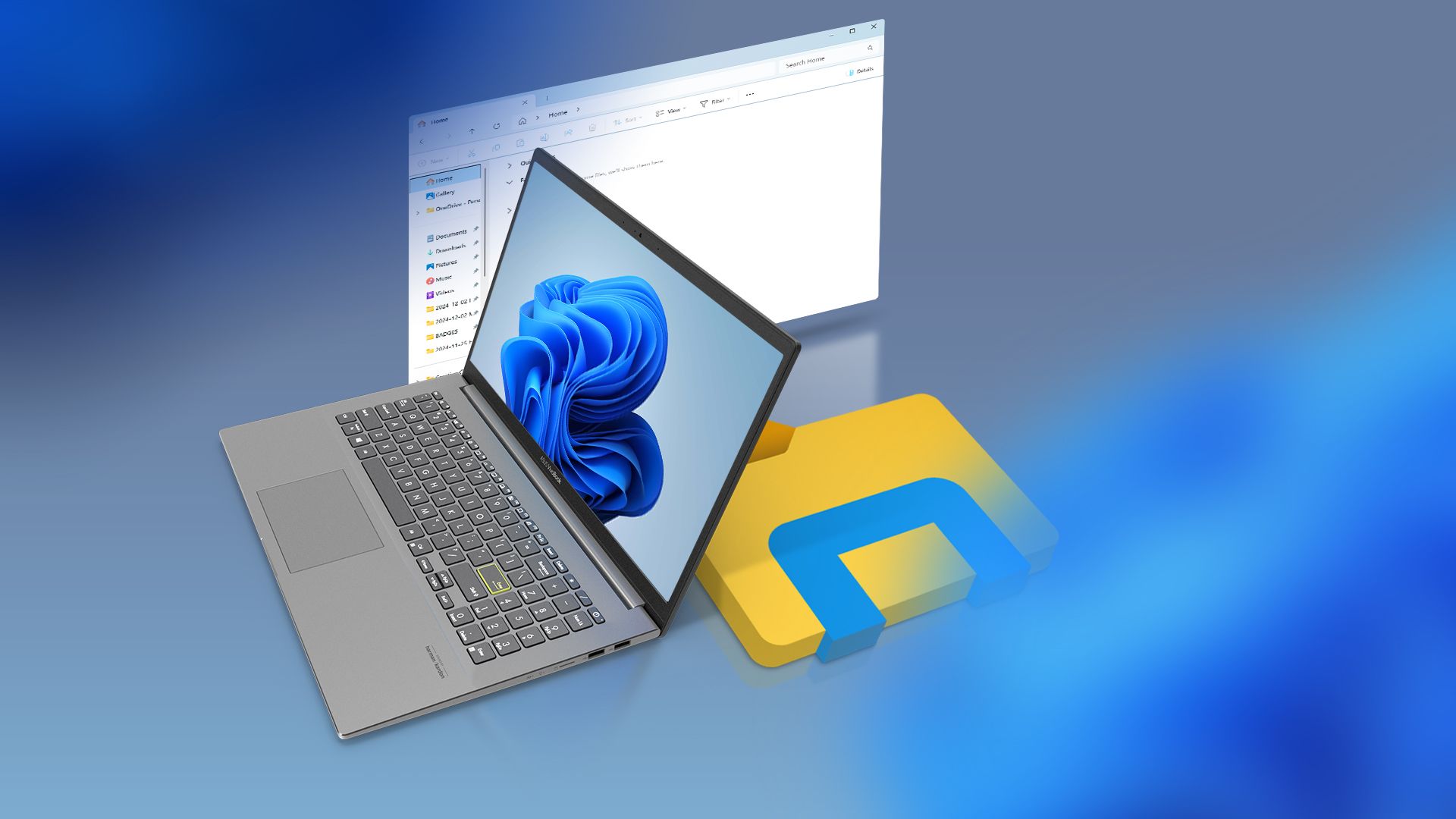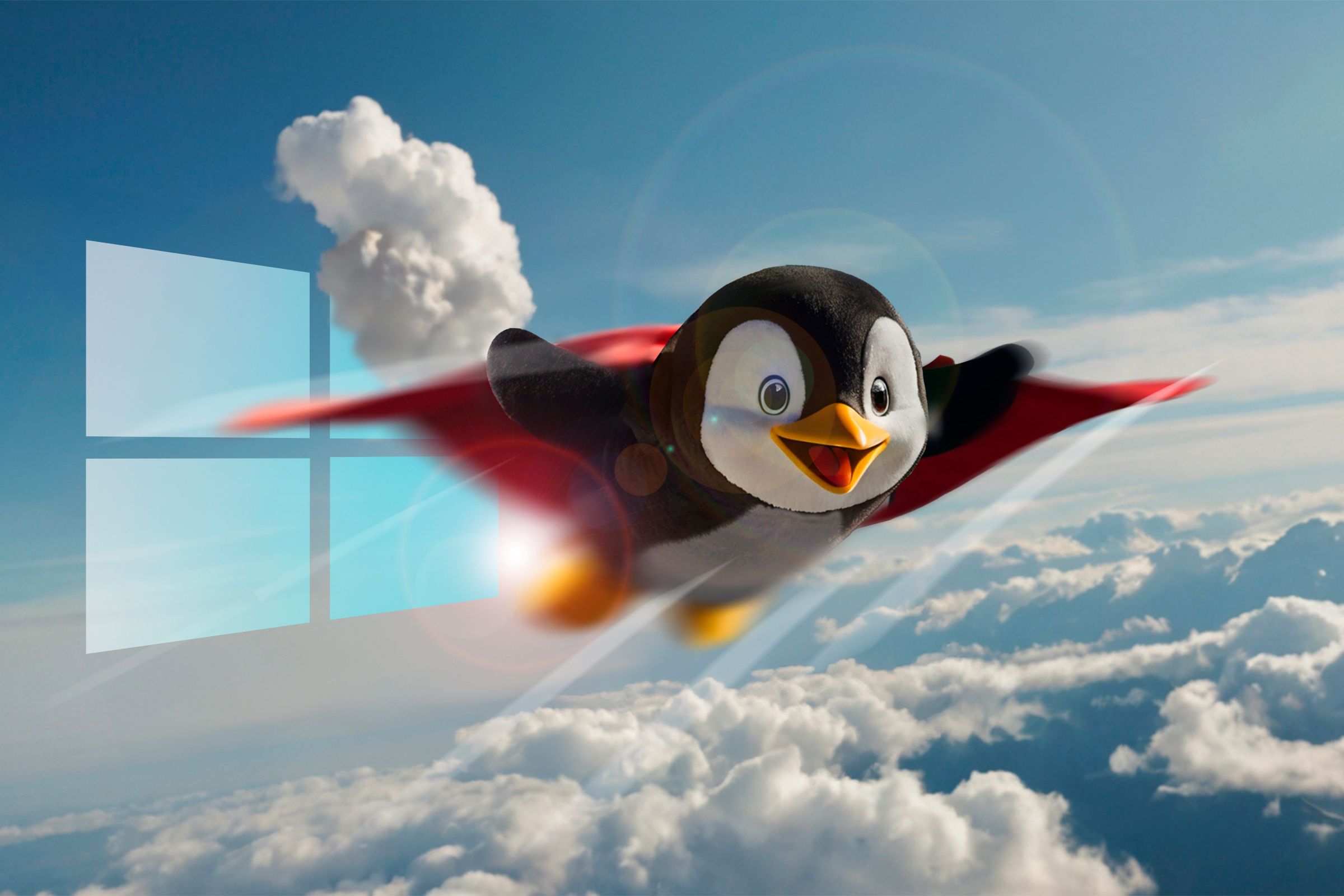Summary
- Linux-Windows dual boot systems don’t have an easy way to access Linux files while booted into Windows.
- Some tools exist, but they don’t offer perfect solutions.
- I’ve found using a shared partition accessible to both Windows and Linux is a superior, integrated, and cost-effective fix.
Are you frustrated by the clunky file-sharing experience of a dual boot system? Are you perplexed by how both OSes can share the same RAM, CPU, GPU, but not the storage space? Well, here’s my practical fix for seamlessly sharing files between my Linux-Windows dual boot PC.
If you’re like me and run both Linux and Windows on the same machine, you’ve probably faced the file-sharing headache. For years, I struggled with this problem—needing files from my Linux partition while working on Windows and having to reboot my system to get them. After multiple failed solutions and countless reboots that derailed my workflow, I finally found a setup that works flawlessly. Here’s my journey and what actually solved the problem.

Related
7 Things Nobody Tells You About Dual Booting Linux and Windows
Truths about dual booting I learned the hard way.
Linux Can Access Windows Files, but It’s Not Ideal
Technically, you can move files around in a Linux-Windows dual boot system, but it’s not optimal. You see, Windows 11 (and 10) uses the NTFS file system while Linux can use EXT4, BTRFS, ZFS, and others. The issue is that Linux supports the NTFS file system, but Windows doesn’t support any of the Linux file systems.
This means, let’s say, you’re logged into your Windows system, and you need a file that’s on the Linux partition. Well, you can’t open the file manager and grab it. Instead, you need to restart your system, boot into your Linux partition, copy the file you need and move it into your Windows partition, restart your system again, boot into the Windows partition, and then use it!
Now, some people don’t need to reference files between OSes that often, and for them this workflow is fine. But I’m always downloading files and taking screenshots, and I need a way to quickly access files between Oses, and this method completely breaks my workflow. This is why I need a better way to access my Linux files directly from my Windows system.
Accessing Linux Files From Windows Is a Mess
There are a few tools that allow you to access your Linux partition from Windows. But again, none of them are perfect! For example, there’s a free and open-source (FOSS) tool called Ext2Read that allows you to access Linux files from Windows, but it only works if the Linux partition is formatted in Ext4, Ext3, or Ext2. Unfortunately, I use Garuda Linux, which uses the BTRFS file system for its partitions, so it was a no-go for me!
That said, even if you use a Linux distro using the supported file system (for instance, Ubuntu), do note that the read and write speeds tend to be on the slower side.
Now, the next option is a paid tool called Linux File System for Windows by Paragon Software. This one is faster, with more features, and can read (not write) the BTRFS file system—meaning I can copy files from the Linux system but not paste new ones into it—which, while limiting, is good enough for my use case!
However, as a Linux user, I am not in the habit of unnecessarily shelling out money for paid software—not until I have exhausted all my options and made sure there aren’t any FOSS alternatives. And wouldn’t you know it, there is a better option!
How External Storage Can Fix This Issue
While I couldn’t find a piece of software that could help me fix this problem, I did find a piece of hardware perfect for the job—my thumb drive! I realized if I connected my thumb drive to my PC, I had access to a storage system that was consistent across both operating systems.

Samsung Fit Plus USB 3.1 Flash Drive
If you need a well-rounded flash drive with good durability and fast performance, the Fit Plus is a great choice.
All I need to do is format the thumb drive to exFAT so that both Windows and Linux can read it, and I am good to go. As such, files I know I might need on both operating systems, I just move onto the thumb drive, and they’re accessible to me whenever I need them. Unfortunately, it still wasn’t perfect.
The file transfer speeds were noticeably sluggish, making large file operations painful. The 64GB capacity quickly became a limitation as my projects grew. And having my thumb drive permanently plugged into my computer defeated its purpose as a portable storage device.
I needed something better—a more permanent solution that offered the accessibility of external storage without the limitations. And so, I finally transitioned to my current system!
You can use an external HDD or SSD for this job, instead of a thumb drive. But again, you’re paying more for the portability factor, which you won’t need at a stationary desktop, making it a suboptimal fix.
A Shared Partition as a Superior Upgrade
I currently use a shared partition which both Windows and Linux can access. This bypasses all the drawbacks of using an external storage device as it’s better integrated, faster, usually cheaper, and provides more storage space.
Ideally, I’d suggest you buy a new SSD or HDD and use that as a shared partition. However, if you don’t want to invest any money, you can shrink an existing drive to obtain the extra storage space and use that as a shared partition. Either way, the core philosophy is the same—use a file format that is readable by both Windows and Linux.
How to Create a Shared Partition Between Linux and Windows
Before we start, let’s figure out which drive we want to shrink to make room for the shared partition. I am assuming you have two physical drives, one with Windows and the other one with Linux. My recommendation would be to shrink the drive with Linux, since it’s more resource efficient and usually takes up less space. That said, if your Windows drive has more space, feel free to shrink that instead.
We highly recommend installing Linux and Windows on separate physical drives. Having them on the same drive can lead to accidental data corruption during file management operations. Furthermore, BitLocker encryption is known to cause trouble on dual boot systems.
Now, if you decide to shrink your Windows partition, you can easily do that using the Windows Disk Management utility. You can follow our guide on resizing a partition in Windows 10 that also works on Windows 11—just be sure to add an NTFS partition in the cleared-up space.
Things can be a bit trickier if you decide to shrink the Linux partition since the Windows Disk Management utility can’t read the Linux files in it. You can try to use a Linux disk management tool like GParted but Linux doesn’t allow resizing a partition that’s actively in use.
As such, you need to get a thumb stick, flash an Ubuntu ISO on it (or any Linux ISO for that matter), and boot into it. This gives you access to the Live Environment from where you can run GParted to shrink the size of the Linux partition and format a new, shared partition.
When partitioning or, in this case, shrinking a drive with an OS installed, there’s always a risk of data loss or data corruption. As such, take a system backup before proceeding.
GParted should already be installed. But if it’s not, you can easily enter the following command to install it on Ubuntu:
sudo apt update && apt install gparted
Once installed, launch it by entering the following command:
sudo gparted
From here, you can select the “Physical Drive” from the dropdown menu in the top-left corner. Identify the Linux partition, right-click on it and select “Resize/Move”. Next, decrease the size to make room for the shared partition.
Now, right-click on the new partition, hit “Format to” and select NTFS this time—not exFAT, which is meant for removable storage devices. NTFS has a journaling feature which helps protect against data corruption and generally provides better reliability for larger file systems.
Finally, hit the “Green Checkmark” to apply the changes. Once done, simply restart the system and boot onto your Linux PC to check if it’s working properly. You should see the new partition in the file manager, but if not, you’ll need to manually mount it.
And there you have my story about how I finally solved the file-sharing problem on my Linux-Windows dual boot system. Using a shared partition finally gives me a seamless way to share files and folders between both operating systems without any compromises.






